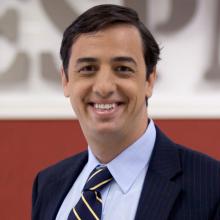International Education 2.0

The COVID-19 pandemic has temporarily altered entire educational systems in much of the world. The impossibility of maintaining direct contact between people forced the adoption of distance education (which was not something new, but was not the model chosen by most students and teachers) for virtually all types of learning.
Pandemic-Forced Limitations
The most direct consequence of this change of context was the need to relearn forms of relationship. Although technology-mediated contact allows greater objectivity, it neutralizes the relationship mechanisms necessary for building trust. This was especially true for students, who were less able to build lasting relationships with their peers, sometimes reducing contact to the environment of a course. This reality, applied to international students, can become even more challenging.
The students’ experience has been radically altered, requiring new ways of acting. Initially, international educators tried to bring face-to-face experiences to the virtual space, which proved limited. Interpersonal relationships present random dynamics that are not reproducible within the virtual world. Although we have advanced in the search for new models, the prospect of ending the pandemic condition discourages many from continuing the search for this new experience.
The limitations on worldwide student mobility caused institutions to not receive exchange students or international students at Escola Superior de Propaganda e Marketing (ESPM) in Brazil. Even though there was the possibility of virtual exchanges, these proved to be very limited. Again, the issue was around the experience offered. International education cannot be summed up by merely accessing content from other higher












